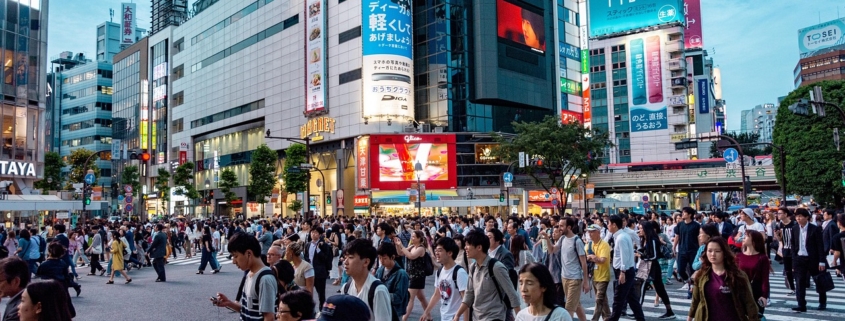Why did Japan develop so quickly?
Topic of Study [For H2 History 9174 Students]:
Paper 1: The Development of the Global Economy (1945-2000)
Section B: Essay Writing
Theme II Chapter 2: Transformation of East Asian Economies (Japan, 1947-1991)
Johnson’s developmental state
In his study of Japan’s industrial policy, the American political scientist Chalmers Johnson explained that the state played a central role to conduct of inudstrialisation policies to achieve economic goals.
Between 1952 and 1971, Japan’s real Gross National Product (GNP) grew at an average rate of 9.6 percent per year, indicating a remarkable phase of rapid expansion.
According to Johnson, in Japan (and by extension in other East Asian developmental states) the role of the state conforms neither to the liberal Anglo-American tradition, under which the legitimate functions of governments are in theory restricted to administering and policing the overall legal framework within which individuals freely compete with one another, nor to the ideologically-based practice of planned socialist economies, in which state ownership and management of the means of production are seen as desirable ends in themselves. […]
In the wake of the neo-classical’ revival in economics, the policy prescriptions of the development establishment through the 1980s continued to encourage developing-country governments to withdraw from direct interference with market forces in their economies and to concentrate on ‘getting the basics right’ at the macroeconomic and infrastructural levels.
An excerpt taken from “Japanese Economic Development: Theory and Practice” by Penelope Francks.
Causes of the economic transformation of Japan
According to a study by Brookings Institution, there were four key factors identified as the cause of Japan’s phenomenal growth:
- Capital accumulation
- Knowledge advancement
- Economies of scale
- Labour supply expansion
In the case of capital accumulation, substantial investment was made that boosted Japan’s GNP. Gross private rose steadily from about 17 percent of GNP in the early 1950s to about 30 percent of GNP by the early 1970s. This private investment was financed by the high savings rate. Unlike the USA, in which private saving was a mere 15 percent of GNP in the 1960s, Japan’s savings rate was almost twice that of the USA.
In addition, the Ministry of International Trade and Industry (MITI) was established to oversee the industrial development of Japan. It replaced the role of its predecessor, the Ministry of Commerce, to involve past leading administrators to harness their knowledge and expertise to achieve growth targets.
Among industrial countries, Japan’s saving rate is unusually high and this has facilitated exceptionally large investment rates during the period of rapid economic growth as well as large current account surpluses.
[…] According to MITI’s inaugural minister, Inagaki Heitaro, its chief objective was to transform Japan into a leading world exporter. To accomplish this, it was first necessary to attain a substantial increase in industrial output, the rationalization of enterprise and an upgrading of technical standards.
An excerpt taken from “The Japanese Economy” by Victor Argy and Leslie Stein.
Join our JC History Tuition to learn more about the economic transformation of Japan and China under the theme of The Global Economy. The H2 and H1 History Tuition feature online discussion and writing practices to enhance your knowledge application skills. Get useful study notes and clarify your doubts on the subject with the tutor. You can also follow our Telegram Channel to get useful updates.
We have other JC tuition classes, such as JC Math Tuition and JC Chemistry Tuition. For Secondary Tuition, we provide Secondary English Tuition, Secondary Math tuition, Secondary Chemistry Tuition, Social Studies Tuition, Geography, History Tuition and Secondary Economics Tuition. For Primary Tuition, we have Primary English, Math and Science Tuition. Call 9658 5789 to find out more.










